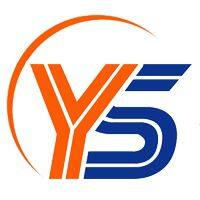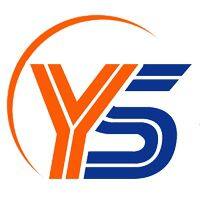-
 Liu
Hi there! Welcome to my shop. Let me know if you have any questions.
Liu
Hi there! Welcome to my shop. Let me know if you have any questions.
Your message has exceeded the limit.

Mechanical Performance Testing: The Foundation of Strength and Durability
2025-07-26 15:28:021. Mechanical Performance Testing: The Foundation of Strength and Durability
The mechanical properties of nonwoven fabric determine its resistance to tension and tearing in practical applications. Common testing items include:
Tensile Strength and Elongation at Break (ASTM D5034): A tensile testing machine simulates stress conditions to evaluate load-bearing capacity in both longitudinal and transverse directions. For example, medical surgical gowns must meet a longitudinal tensile strength of ≥30N.
Tear Strength (ASTM D5734): The Elmendorf tear method measures resistance to crack propagation, particularly critical for geotextiles and outdoor applications.
Bursting Strength (GB/T 19976): Hydraulic or steel ball burst tests simulate localized stress, such as the friction resistance required for baby diaper backsheets.
Industry Challenge: Some manufacturers reduce fiber weight (GSM) to cut costs, leading to substandard mechanical performance. Comprehensive control requires integrating GSM measurements with mechanical testing.
2. Breathability and Filtration Efficiency: Core Validation of Functionality
Breathability and filtration efficiency are key indicators for grading nonwoven fabrics, especially in medical protection and air filtration:
Air Permeability Test (GB/T 5453): Measures air flow under fixed pressure differences. For instance, surgical drapes require an air permeability of ≥800L/(m²·s) for comfort.
Particle Filtration Efficiency (PFE) and Bacterial Filtration Efficiency (BFE) (GB 19083-2010): Aerosol generators and particle counters verify the interception rate of melt-blown fabric for 0.3μm particles (e.g., N95 masks) or 3μm bacteria (requiring ≥95%).
Liquid Barrier Performance (ISO 22610): Tests synthetic blood penetration resistance for medical protective clothing to prevent cross-contamination.
Case Study: In 2020, a mask manufacturer experienced a drop in PFE from 99% to 70% due to charge decay in melt-blown fabric, highlighting the importance of electret process testing.
3. Chemical Safety Testing: Managing Hidden Risks
Nonwoven fabrics may retain harmful chemicals during processing, requiring strict testing to ensure end-product safety:
Formaldehyde and Optical Brighteners (GB/T 2912.1): High-performance liquid chromatography (HPLC) quantifies residues, with infant products requiring formaldehyde levels ≤20mg/kg.
Heavy Metal Migration (EN 71-3): Simulates saliva or sweat environments to detect lead, cadmium, and other leaching substances, preventing contamination in toy packaging.
pH Value Test (ISO 3071): Nonwovens in direct skin contact (e.g., wipes) must maintain a pH of 4.0–8.5 to avoid irritation.
Technological Trend: The EU’s REACH regulation now restricts PFAS, driving the adoption of high-precision testing equipment like GC-MS (gas chromatography-mass spectrometry).
Tags: Physical property testing, industry standards, chemical safety

